Science Visualized
-
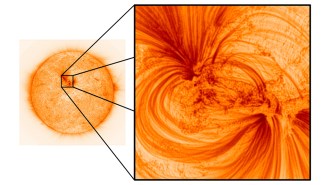 Astronomy
AstronomyNew images of the sun reveal superfine threads of glowing plasma
Snapshots from NASA’s High-Resolution Coronal Imager show thin filaments of plasma not seen before in the sun’s outer atmosphere.
-
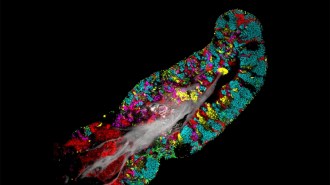 Health & Medicine
Health & MedicineHere’s where bacteria live on your tongue cells
Scientists labeled bacteria from tongue scrapings with fluorescent probes to glimpse at how the microbes structure their communities.
-
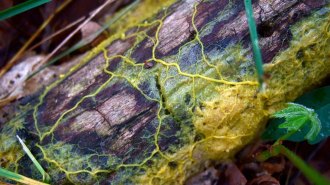 Physics
PhysicsHow slime mold helped scientists map out the cosmic web
Tapping a similarity between a slime mold’s lacy web and the vast threads of matter that connect galaxies, astronomers visualized the cosmic web.
-
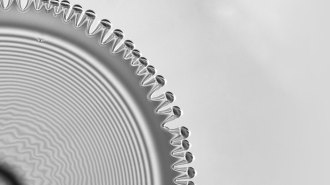 Chemistry
ChemistryEvaporating mixtures of two liquids create hypnotic designs
Through the magic of surface tension, mixtures of two liquids form fingerlike protrusions and other patterns as droplets evaporate.
-
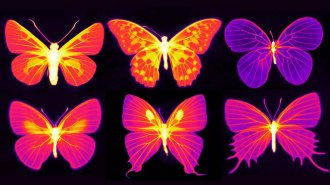 Life
LifeHow thin, delicate butterfly wings keep from overheating
Structures in butterfly wings help living tissues such as veins release more heat than the rest of the wing.
-
 Space
SpaceAs NASA’s Spitzer telescope’s mission ends, here’s a look back at its discoveries
For more than 16 years, the Spitzer Space Telescope has witnessed the births and deaths of stars, charted the Milky Way, found faraway worlds and more.
-
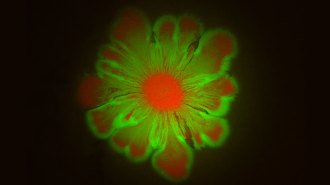 Life
LifeHow bacteria create flower art
Different types of microbes growing in lab dishes can push each other to make floral patterns.
-
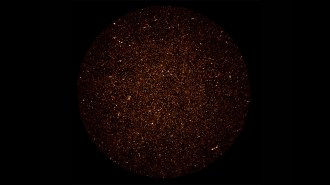 Space
SpaceA new map reveals radio waves from tens of thousands of galaxies
Radio waves from about 17,000 galaxies show that the peak of star formation, about 10 billion years ago, might have been more productive than predicted.
-
 Archaeology
ArchaeologyArchaeologists have finally found ancient Egyptian wax head cones
Newly discovered wax caps are the first physical examples of apparel shown in many ancient Egyptian art works.
By Bruce Bower -
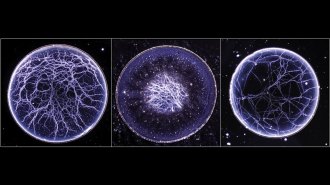 Chemistry
ChemistryAmerican whiskeys leave unique ‘webs’ when evaporated
If you don’t have a sophisticated palate, it turns out you can distinguish among bourbons with a microscope.
-
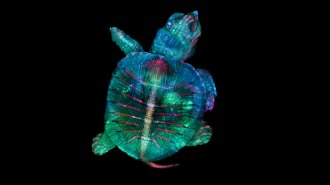 Life
LifeA peek inside a turtle embryo wins the Nikon Small World photography contest
The annual competition highlights the wonders to be found when scientists and photographers zoom in on the world around us.
-
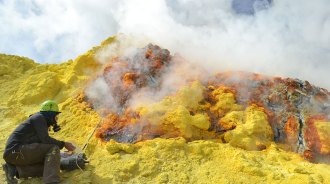 Earth
EarthHere’s where Earth stores its carbon
Most of Earth’s carbon is stored inside the planet. But giant lava outflows and now humans have released huge amounts of carbon into the atmosphere.